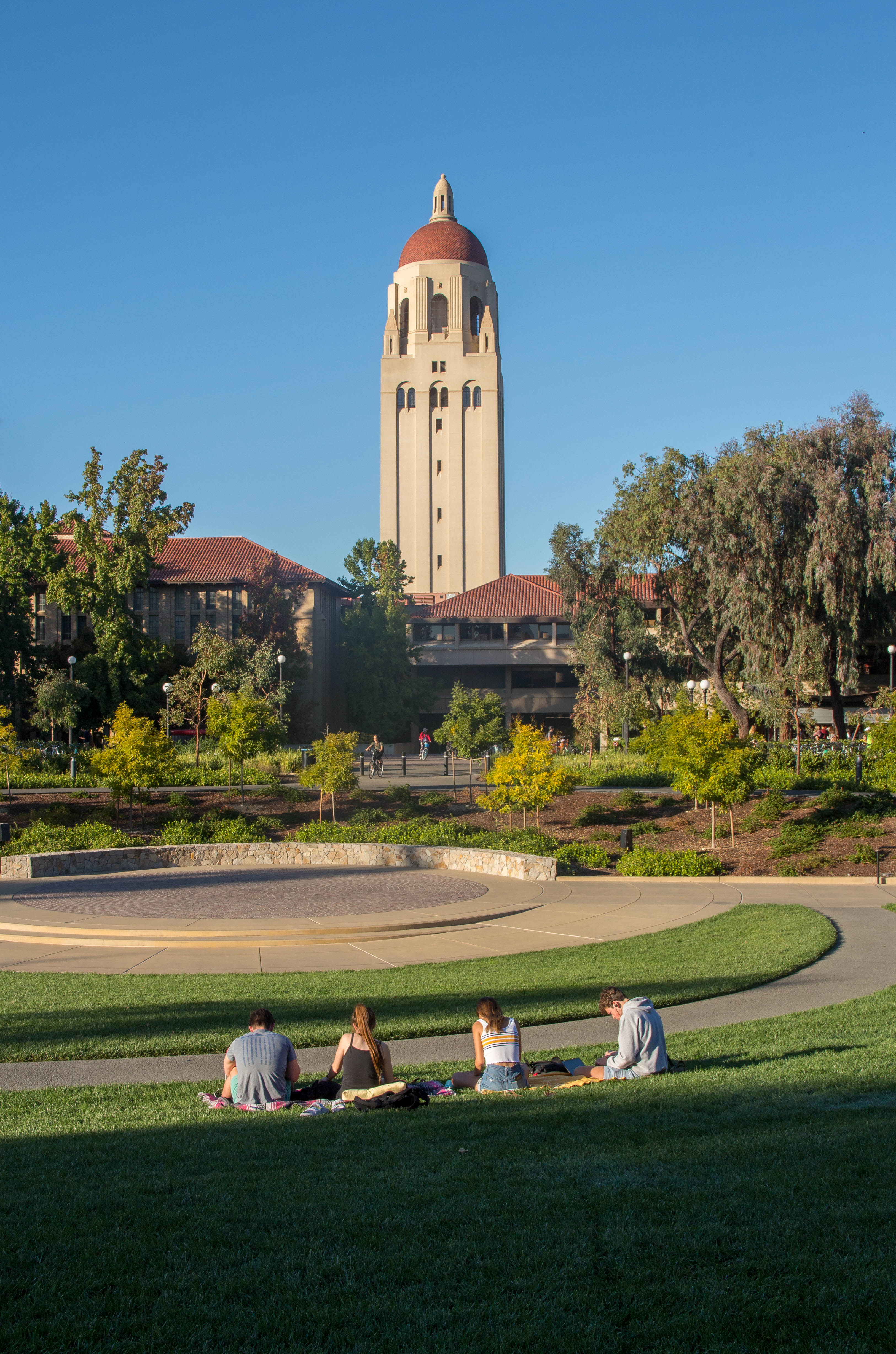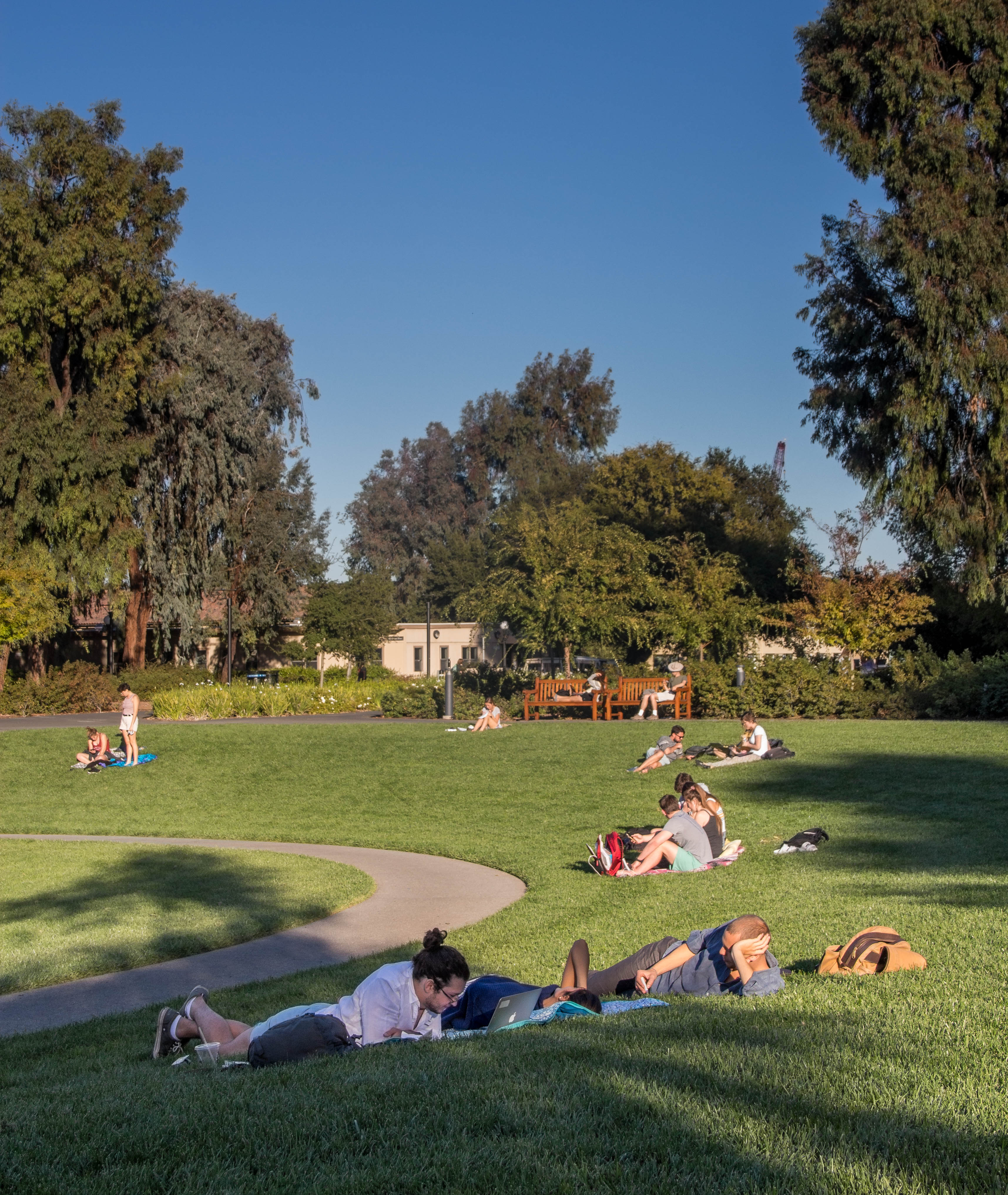As a child and adolescent, I was severely underexposed to the idea of community. Thanks to my dad’s shifting job opportunities, I lived in 11 different houses in five different regions of the country by my 18th birthday. East Coast, West Coast, Rocky Mountains — I’ve been all over, never for more than five years at a time. We never lived in my parents’ home states, or in any proximity to my grandparents or other relatives. Consequently, geography and locality never provided a sense of community for me. In only one house did I know the names of my next-door neighbors (and only the people who lived to our right; I never even laid eyes on the couple who supposedly lived in the house to our left).

School wasn’t much better for building community. Not only did I switch schools often as a result of moving, but I was never good at integrating myself into social groups. I made close friendships with certain individuals here and there, but I only felt like part of a group for a short stint in seventh grade (before I moved out-of-state midway through the year) and during freshman year of high school. Even these groups weren’t really “community” in any meaningful sense of the word because they contained only four or five girls at a time. As for my grade more broadly, I felt no particular connection. I was advanced in many subjects and took classes with the older students, so I missed most of the classroom bonding that happened within my grade. Unfortunately, the older students never took me in as one of their own, either. I was in perpetual limbo, stuck between — and thus separate from — the communities I was supposed to join.
This lack of belonging (augmented by a breakdown in my few close relationships) led me to leave my high school altogether and do my senior year online, from the comfort — and isolation — of my own home. There were days when I didn’t leave the house, and most of my non-familial interactions were with cashiers and grocery clerks who never knew my first name. I didn’t spend time with another teenager for 10 months straight.
Arriving at Stanford last year was my first real opportunity to find community in my life. As such, I had a lot of questions and concerns about how I might go from isolation to belonging, about what kind of community would make me feel at home. Or was “feeling at home” even the right criteria for a true community? What was community really about — solidarity, intellectual stimulation, mutual talents, identity, shared passion, a common cause? What was the difference between a community in name and a community in spirit?
During fall quarter of freshman year, I joined a few extracurriculars on campus. Most conducive to building community among them was the Stanford Mariachi Band. I had no prior experience playing mariachi music (or, for that matter, listening to mariachi music — I genuinely thought it included maracas), but I did play guitar, and they needed more players for the rhythm section. Thus, I became one of the freshman recruits, another of whom had played mariachi in Carnegie Hall.
Mariachi was a wonderful experience. I loved the opportunity to get lost in the simultaneous technical difficulty and beauty of the music. I met great people, one of whom is still a close friend today. I never missed a practice, and I delighted in the opportunity to practice my Spanish.
But it never felt to me like my community. Perhaps this was partially a linguistic problem, since I often felt left behind when the Latin American students made jokes in Spanish that I couldn’t understand. But I was not the only non-fluent speaker in the group, so it was not entirely a matter of language. I believe my greatest challenge in finding community had to do with the structure of the instrumental groups. Once a week the rhythm section (guitar, guitarrón and vihuela) practiced together separate from the violins. When we did practice together twice a week, the violinists all stood on one side of the room, and the rhythm section stood opposite them. This physical divide, for an introvert like myself, acted as a genuine barrier to meeting and befriending people from the violin section. It’s hard to feel a sense of community when you’ve never spoken a word to some of its members.
For schedule reasons I permanently left mariachi in the winter. My next extracurricular community came in the spring, when I was hired as a tour guide. Being a Stanford tour guide is, as any tour guide will attest, a strange hybrid of campus job and social group. Guides get to know each other through training, office shifts, monthly meetings and informal socializing (regular nacho lunches at the GSB, for example). The tour guide group prides itself on being a real community, and in many respects, they succeed. Every guide I’ve met even briefly waves and says hello to me around campus — and for an 80-person group, that’s a genuine feat. I feel comfortable making small talk at the Visitor Center, something I usually go great lengths to avoid.
Is the tour guide group my community? In some ways I’d say yes, but again, the group is large enough that I don’t know everyone’s name, let alone their personal histories. I am optimistic that time will deepen my nascent sense of community at the visitor center, but I’ll have to wait and see.
Of course, I have thus far omitted the obvious freshman community: my freshman dorm, West Lag. As we all know, freshman dorms are a unique sort of community. You share your Stanford acceptance in common, but beyond that, you’re just a random group of 18-or-so year-olds from across the world, without a single other thread connecting you. You join people from many countries, religions, interests, talents and personality types, some of whom would never come into contact otherwise. There is no self-selection and thus nothing real to bond you to each other — the whole “community” is completely artificial and exists only because of proximity and convenience.

If community rested on shared identity, values or interests, then West Lag should not have been a community — but it was. Thanks to the aggressive bonding agenda of freshman resident assistants, I knew everyone’s names and at least a few things about each freshman resident by the end of Week 2. After a month I called a few of the fellow residents my best friends. A year later, I’m still living with one of my same roommates, and those best friends are my best friends to this day.
Unlike any other group or class, West Lag pulled me out of my shell and reminded me what it felt like to have friends and belong to something bigger than my own family. I wasn’t part of the dominant social group in the dorm, and I didn’t go to many dorm events or parties; I was (and still am) more of a “Friday night in my dorm room” kind of person. But in West Lag, I discovered that a community is not necessarily a space for socialization; it is more importantly, in my opinion, a space for safety of all kinds. West Lag gave me a home, physically and emotionally, to return to each evening, and inside of West Lag I felt comfortable being myself (including the self with wet hair and wearing pajamas). Everyone said hello to me as I walked down the hall or passed them on the way to class, and everyone would have been there to comfort and console me if they were, by chance, put to the task. I believe I speak for everyone when I say that we cared for and respected each other, no matter how attached we were to the social pulse of the dorm.
West Lag taught me that community isn’t necessarily about having something in common with the people around you. It is, rather, about having in common the desire to be a community. You have to put in the effort to learn people’s names, to promise each other safety and security and to spend time with one another. You have to let your guard down, whether by wearing ugly pajamas or sharing secrets, and put down real emotional roots in a group. You must organize around some principle value, even if that value is simply having a functional college dorm.
Learning this was beautiful for several reasons. It affirmed for me the reality of a common humanity that transcends borders, beliefs and abilities. It also showed me that I do not have to limit myself to people or groups who resemble me in order to find a sense of belonging. Finally, it gave me hope for the future, that I will be able to find communities here at Stanford and beyond when I need them, as long as I make the effort to take part.
Community is not complicated; if people want community, community will arise. All you need is intention, patience and kindness — which, though effortful, are universal capabilities.
So remember that when you’re searching for community of your own, the most important ingredient is your own commitment. Be a community member, and you’ll make community.
Contact Avery Rogers at averyr ‘at’ stanford.edu.